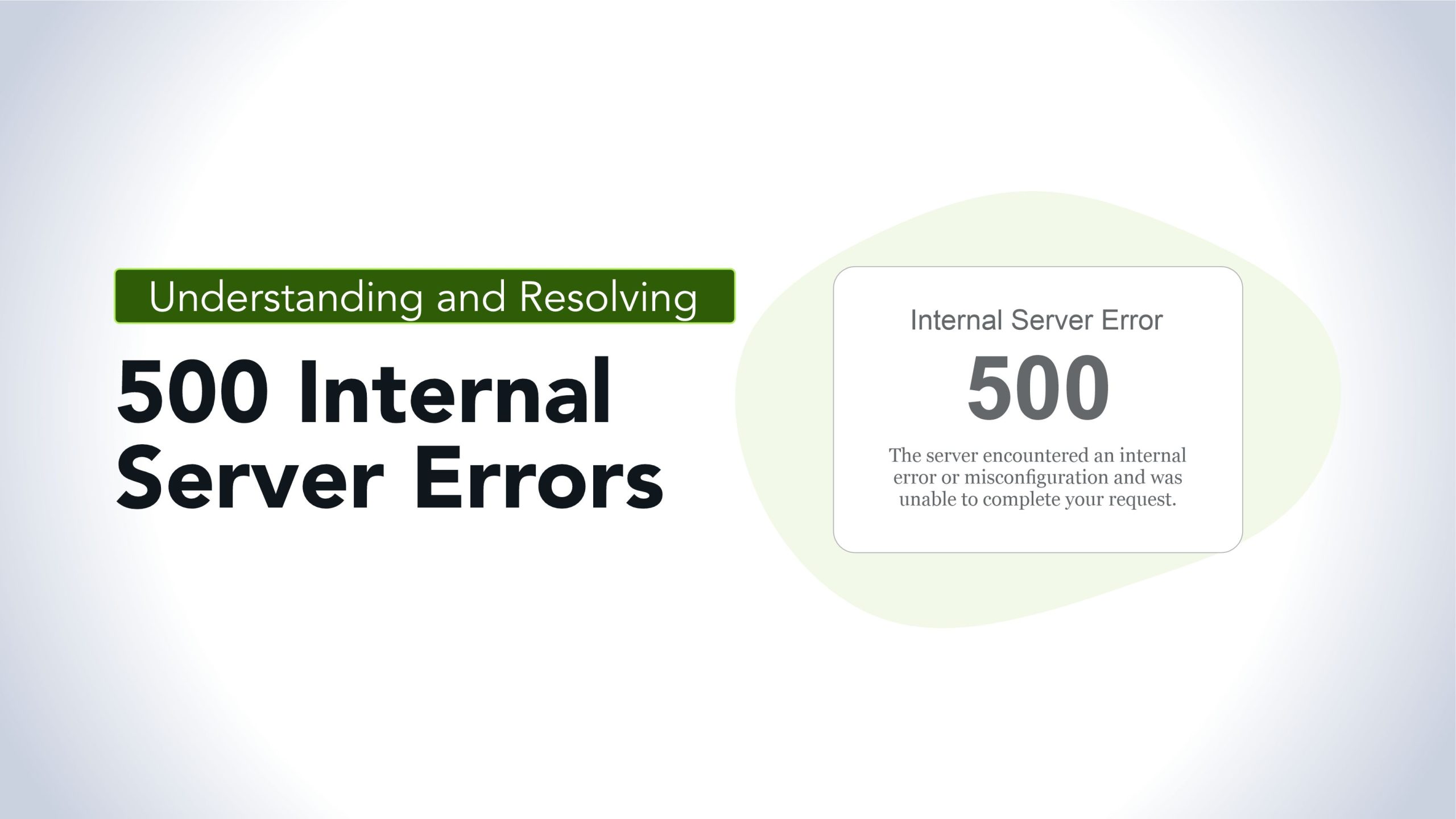
Internal Server Error (HTTP Error 500) is a common issue encountered by web developers and users alike. This error indicates that something has gone wrong on the web server but doesn’t specify the exact nature of the problem. In this article, we’ll delve into the causes of Internal Server Errors and explore various methods to fix them.
Causes of Internal Server Errors:
- Coding Errors: Bugs in server-side scripts, such as PHP or Python, can lead to Internal Server Errors. Common mistakes include syntax errors, infinite loops, or incorrect file permissions.
- Configuration Issues Incorrect configuration of server settings or modules can trigger Internal Server Errors. This could involve misconfigured .htaccess files, conflicting directives in server configurations, or insufficient server resources.
- Database Problems: Issues with the database server, such as corrupted tables, exceeded resource limits, or incorrect database credentials, can result in Internal Server Errors, especially for dynamic websites.
- Third-Party Plugins or Themes: In the case of content management systems (CMS) like WordPress, Joomla, or Drupal, incompatible plugins or themes can cause conflicts with the server environment, leading to Internal Server Errors.
How to Fix Internal Server Errors:
- Check Error Logs: The first step in resolving Internal Server Errors is to check the server error logs. These logs can provide valuable clues about the root cause of the problem, helping you pinpoint the issue more effectively.
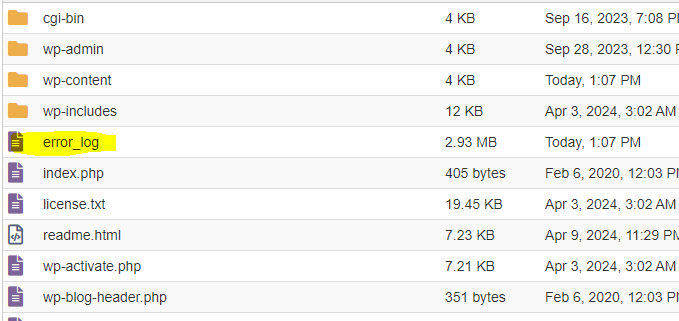
- Review Recent Changes: If the error occurred after making changes to your website, such as updating plugins or modifying code, try reverting those changes to see if the problem resolves.
- Debugging Code: For coding errors, carefully review your server-side scripts for syntax errors, logical flaws, or runtime issues. Use debugging tools and techniques to identify and fix the problem code.
- Check File Permissions; Ensure that file and directory permissions are set correctly to allow the web server to access and execute files properly. Incorrect permissions can lead to Internal Server Errors, particularly for scripts that require write access. Folder permission is usually “0755” while file permission is “0644”

- Test Database Connection: Verify that the database server is running and that the connection settings in your application are correct. Test database queries to ensure they’re functioning as expected and troubleshoot any connection issues.
- Disable Plugins/Themes: If the error occurred after installing or updating a plugin or theme, try disabling them one by one to identify the culprit. You can then either fix the compatibility issues or find alternative solutions. To disable the plugins you need to change the file permission from 0755 to 0000.

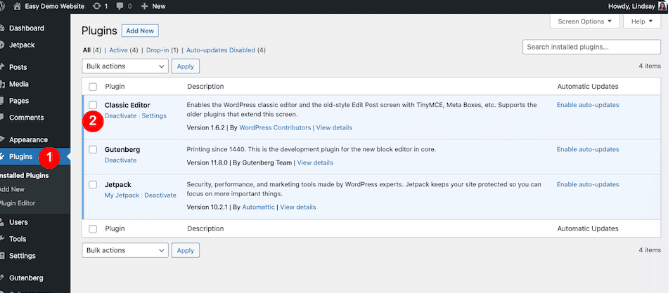
- Increase Server Resources: In cases where the server is running out of memory or processing power, consider upgrading your hosting plan or optimizing your website to reduce resource usage.
- Update the .htaccess File: It is not uncommon for your WordPress site’s .htaccess file to become corrupted. To see if this is the problem, start by logging into your file manager. Find the .htaccess file and rename it to .htaccess_old. Reload your site to see if the error message has cleared. If it has, you know the .htaccess file was causing the error.
Go into your WordPress admin dashboard and head to Settings > permalinks To reset the permalinks, which create a new, uncorrupted .htaccess file, select Plain and click Save Changes at the bottom. Then change the permalink structure to whatever you want and click Save Changes again.
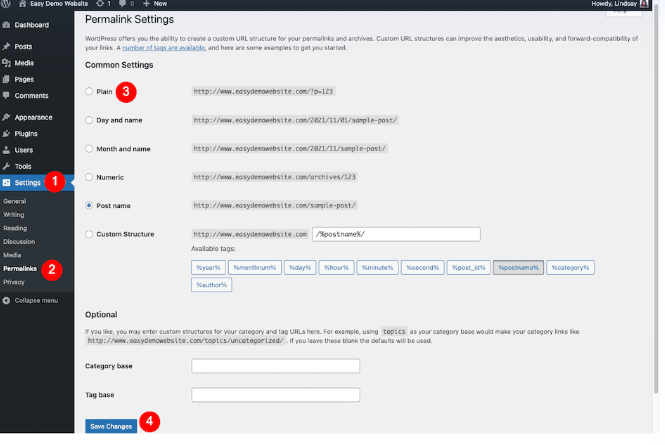
If you still can’t access your dashboard, go through FTP. Open the file and make sure it looks like this – if it doesn’t, update it to get rid of any problematic code.
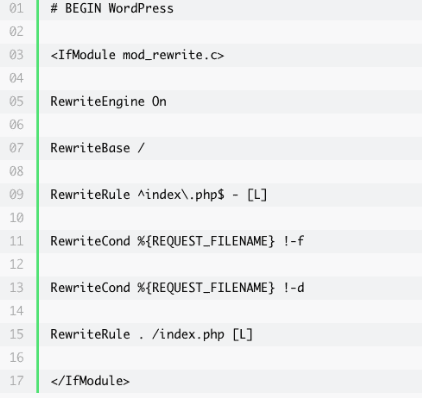
- Reinstall WordPress
You can reinstall WordPress core without affecting your site’s other content. You can do this from your admin dashboard or through FTP.
If you’re able to access the dashboard, go to Updates > Re-Install Now. The latest version of WordPress will be downloaded and reinstalled automatically.
If you have to use FTP, the process isn’t too difficult.
Download the most recent WordPress version here.
Open the ZIP file to extract the contents.
In the unzipped folder, delete the wp-content folder.
In your FTP client, upload the file to your root folder, which may be the name of your website on certain hosts public_html.
If you get a prompt that says something like, “Target file already exists,” opt to overwrite it.
Whichever process you chose – the WordPress admin dashboard or FTP – you should now have a fresh installation of WordPress core, and you can see if that cleared the 500 internal server error.
Internal Server Errors can be frustrating to deal with, but with a systematic approach to troubleshooting and problem-solving, they can usually be resolved effectively. By understanding the common causes of these errors and following the steps outlined in this article, you can minimize downtime and ensure a smoother experience for your website visitors.
